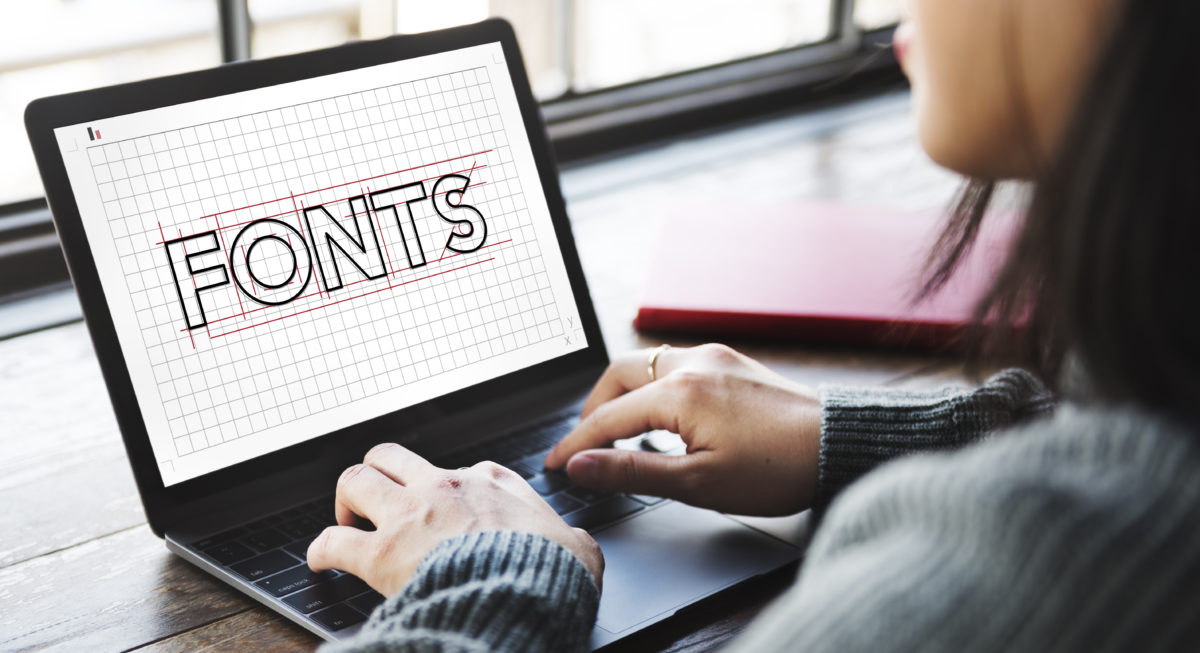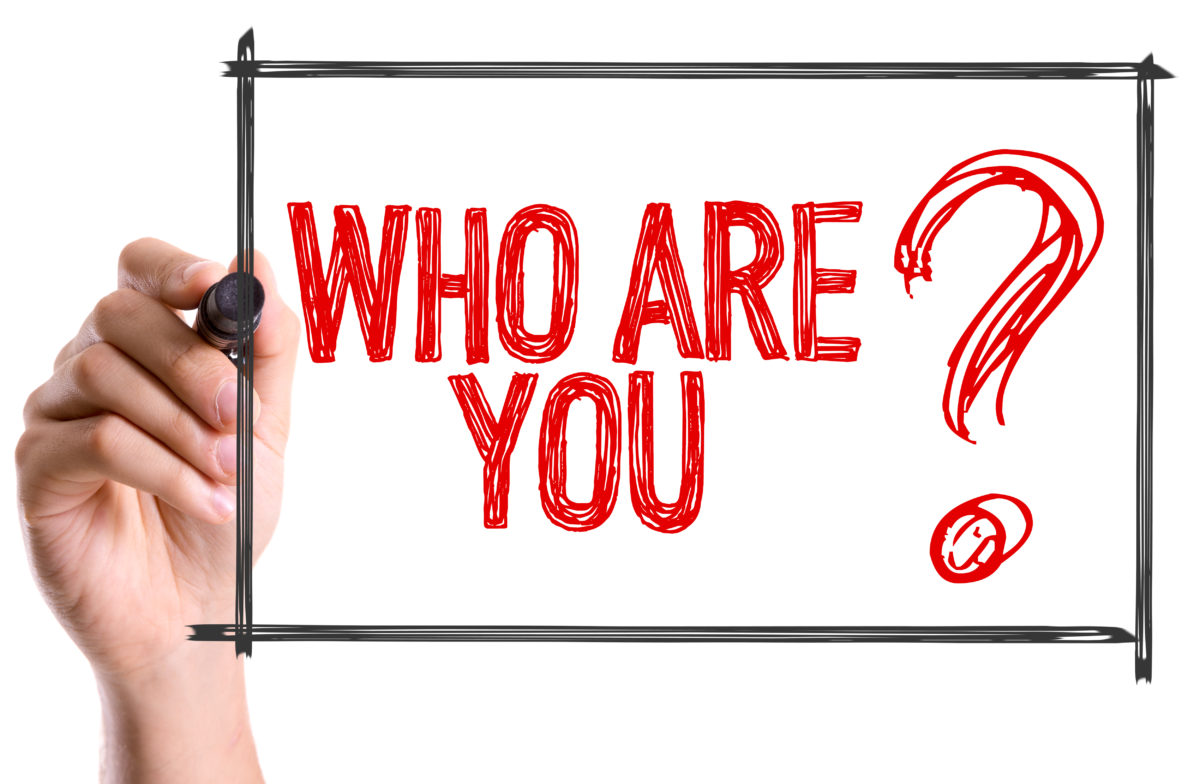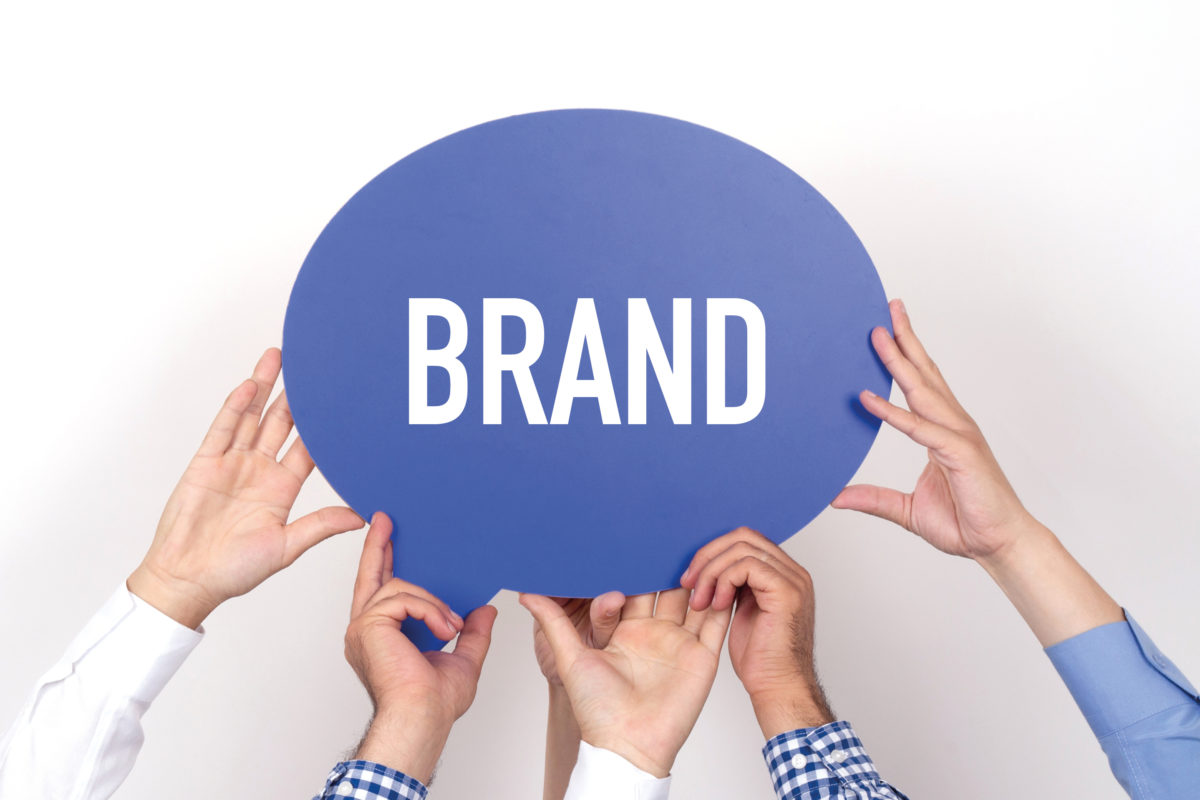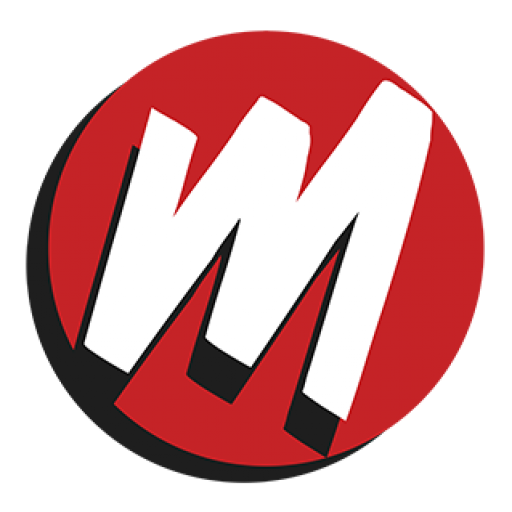
Finding the Best Front for Your Brand
Choosing the perfect font to represent your brand can be harder than choosing the right thing to watch on Netflix, so what’s the first step?
Step 1: Know Yourself
Before you choose a font, it’s important to have a solid understanding of your brand’s identity.
Every brand has a personality. Coming up with a few adjectives that describe your business’s character is a great place to start:
- Bold
- Helpful
- Caring
- Serious
- Adventurous
- Imaginative
- Youthful
- Playful
- Vibrant
- Energetic
- Reliable
- Whimsical
- Masculine
- Feminine
- Innovative
- Calm
- Luxurious
- Elegant
- Humorous
- Glamorous
- Healthy
- Old-Fashioned
- Kind
- Light-hearted
- Witty
- Tough
- Sexy
- Authoritative
- Quirky
- Smart
Step 2: Font Psychology
Fonts are broken up into different categories with different aesthetic traits. This is known as “Font Psychology.” Review each font classification and see which one fits your brand most appropriately.
- Serif: Classic, traditional, elegant
- Sans-Serif: Clean, modern, minimalistic
- Slab-Serif: Strong and adventurous
- Script: Chic and exclusive
- Handwritten: Creative and Informal
- Decorative: Unique and stylized
Step 3: Licensing
Not all fonts are free, so it’s important to figure out how you will source your fonts before making the final decision.
Free font resources:
These resources may be free, but free resources usually lack diversity in weight throughout the font family.
Paid font resources:
Paid fonts give you more versatility with your designs in that they offer fonts that have a variety of weights (thin, book, normal, semi bold, bold, and black).
Step 4: Find a pairing
Now that we have identified our font classification, it’s time to mix and match. Having a secondary font option can help with visual hierarchy and diversify your brand’s look.
Always make sure to test your font pairings out in real situations to ensure they work well. Don’t forget to make sure your font licensing is covered in all implementations (websites, packaging, print, etc.)

Brand Archetypes 101
Everyone loves a brand they can connect with. Whether it’s a funny commercial, celebrity spokesperson, quality product, or catchy packaging, people tend to gravitate towards brands that they can relate to emotionally. Maybe you only use Apple products, or maybe you will only grocery shop at Publix. Either way, most people have product or business preferences where an alternative just won’t do the trick.
In 1947, psychologist Carl Jung posed the theory that 12 essential characters exist in everyone’s unconscious mind, each one battling for dominance. Since then, marketing experts have utilized this theory, stating that each brand fits into one of the 12 archetypes or “characters.”
These characters are all based on universal patterns of behavior that everyone can instinctively relate to. The following human desires each match with a specific character or “archetype”:
- Power = The Magician
- Mastery = The Hero
- Liberation = The Outlaw
- Freedom = The Explorer
- Understanding = The Sage
- Safety = The Innocent
- Intimacy = The Lover
- Enjoyment = The Jester
- Belonging = The Everyman
- Innovation = The Creator
- Control = The Ruler
- Service = The Caregiver
The Outlaw
The outlaw archetype tends to be disruptive, rebellious, and combative. This is the type of brand that attracts people who like to live life on the edge, encouraging revolution and empowerment. Harley Davidson motors is a great example of an Outlaw.
Related Industries: Automobiles, Tools, & Apparel
The Magician
The Magician is a reassuring archetype that wants to make your dreams come true. They want their customers to feel like anything can happen and that one is only limited by their imagination. A perfect example of this would be Disney.
Related Industries: Entertainment, Health & Wellness, Cosmetics
The Hero
The Hero archetype is honest and brave. They have the determination and desire to make the world a better place. Businesses like Nike and FedEx lean towards the Hero archetype due to their motivation to prove their worth.
Related Industries: Sportswear, Outdoor Equipment, Trade Services
The Lover
The Lover archetype can be sensual and soothing, seeking pleasure from the experience of intimacy. Some brands that relate to this are Victoria’s Secret and Chanel.
Related Industries: Cosmetics, Wine, Food, Travel
The Jester
The Jester archetype is the playful, fun-loving optimist. The Jester is all about living life in the moment and ensuring that the people they surround themselves with are as happy as they are. Some great examples of companies that utilize this persona are M&Ms, Old Spice, and Dollar Shave Club.
Related Industries: Beer/Liquor, Child Services
The Everyman
The Everyman archetype is authentically humble and friendly. They don’t like to stand out from the crowd, so they seamlessly blend in to society. They tend to be very positive due to their need to fit into a group. Target and Ikea are both great examples of brands that fall under the Everyman category.
Related Industries: Foods, Home & Family Life, Apparel, Automobile
The Caregiver
The Caregiver archetype has a warm and caring personality. They are often thought of as maternity figures due to their need to protect others. Toms and UNICEF both have brands that make them perfect caregivers.
Related Industries: Elder Care, Non-Profits, Hospitals, Education
The Ruler
The Ruler archetype has a very refined and commanding presence. Above everything else, the ruler needs control. They can be considered intimated at times due to their authoritative actions. These brands consider themselves to be the best of the best and want their customers to feel the same way. Mercedes-Benz and Rolex are both obvious Rulers in their industry.
Related Industries: Luxury Automotive, Watch Manufacturers, Hotels, Formal wear
The Creator
The Creator Architype tends to be provocative and inspirational, always wanting to create something incredible. Imagination and creative expression are two things they value the most. Lego, Apple, and Adobe are all great examples of creator brands.
Related Industries: Arts, Design, IT, Marketing, Writing
The Innocent
The Innocent archetype is always humble and honest. They have a positive view of life due to their inherent optimism. Companies like Dove and Aveeno would be considered Innocent brands.
Related Industries: Beauty & Skin products, Fresh Food, Cleaning Supplies
The Sage
The Sage archetype is knowledgeable and understanding. They seek truth above all else and want to share their knowledge with the world. Examples of sage-like bands would be Google and the University of Oxford.
Related Industries: Media & News, Schools & Universities, Educational Businesses, Search Engines
The Explorer
The Explorer Archetype is exciting and fearless. They have very daring personalities and don’t like to be pinned down. They love to push themselves out of their comfort zones and are on a constant road of discovery. Patagonia, North Face, and Jeep are all true Explorer brands to the core.
Related Industries: Extreme Sports, Outdoor equipment, Automotive, Travel
You may be wondering if your archetype is that of your customer or that of your brand, and the simple answer is both. Archetypes represent all personalities. First, we must figure out your customers’ personalities and then tailor your brand to the archetype that is most attractive to your customer base. Define your character and begin your story!

Building Brand Emotion Through a Tagline
Does your brand connect with people emotionally? And If your brand was a person, how would you describe its personality to someone? These are important questions to ask. Your emotional connection with the consumer is integral when trying to establish your brand and identity.
There’s a difference between telling people who you think you are and inviting them into your story.
One great way to accomplish this is to create a “tagline.” A tagline is a concise statement that you can use to clearly explain what you offer or do.
That being said, a tagline is a bit different from a slogan. A slogan is typically a short catchy phrase used in a campaign, whereas a tagline tends to have a longer shelf life. It simply answers the question “What do you do?” or implies how the brand wants the customers to feel
Some of the most popular taglines are Nike’s “Just Do It,” McDonald’s “I’m Lovin’ It,” and Dunkin’s “America Runs on Dunkin’,” just to name a few. These are all successful taglines because they create a connection with the consumer.
Let’s take Dunkin’ for example. Their tagline makes an instant emotional connection with hardworking Americans who believe they need to be fueled throughout their day. This tagline is also included on or in almost all of their products and merchandise.
L’Oréal also does an impressive job of creating that emotional connection. “Because You’re Worth It” creates an emotional response by making it about the target audience and not the company itself.
Think about what the consumer feels and how you can make them feel appreciated.
Here are a few key suggestions when considering your brand’s tagline.
- Keep it short
- Make it memorable and easy to understand
- Make sure it flows with the name of the business
- Align it with your brand
- Showcase your brand’s key benefit(s)
- Encourage a positive reaction from your target audience.
And if crafting a tagline and subsequent marketing strategy is outside of your primary responsibilities or strengths, then it’s time to call in Mad Men Marketing!
As a full-service marketing agency offering a team of research strategists, creative experts, and social media aficionados, we’re ready and waiting to help you interact with your audience, not interrupt them.
So, are you ready to interact? If so, contact us today by calling 904-355-1766!


